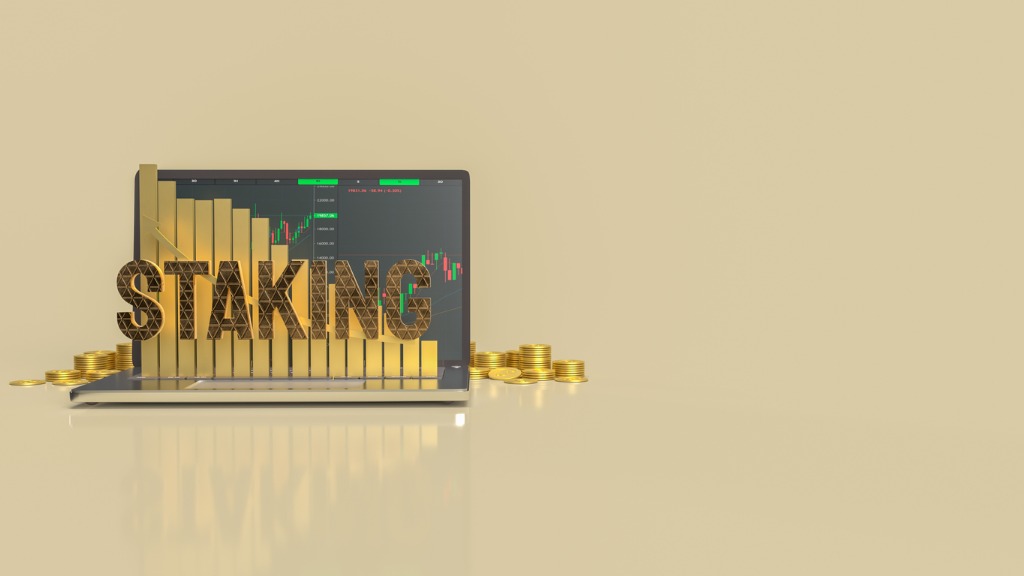Gold, a timeless emblem of wealth and prosperity, has been a sought-after investment commodity for centuries. From its historical significance as a symbol of power and a medium of exchange, to its modern role in hedging against inflation and currency fluctuations, gold remains a multifaceted asset in the global financial markets. Today, as investors seek diverse portfolios, gold offers a range of investment options, from physical bars and coins to digital platforms and derivatives, maintaining its enduring allure in a constantly evolving financial landscape.
Physical Gold
Bullion Bars
Bullion bars represent gold in its purest form. These bars typically range in size from small grams to a massive 400 troy ounces. For serious investors who want a substantial amount of gold, bullion bars are often the go-to choice because of their low premiums over the spot price of gold.
Gold Coins
While similar in nature to bullion bars, gold coins often carry a higher premium due to their intricate designs, collectability, and sometimes their historical significance. Coins like the American Gold Eagle, Canadian Gold Maple Leaf, and South African Krugerrand are popular choices for investors.
Jewelry
Gold jewelry isn’t just a fashion statement; it’s also a form of investment, especially in certain cultures. However, the purity of gold in jewelry can vary widely, and it often carries a high markup over the spot price. As an investment, jewelry has aesthetic and cultural value but might not be as liquid or yield returns as effectively as bullion or coins.
Storing and Insuring Physical Gold
Owning physical gold means taking responsibility for its safekeeping. Many investors use bank safety deposit boxes, while others invest in personal safes for home storage. It’s essential to keep the gold in a cool, dry place to prevent damage. Additionally, insuring your gold against theft, loss, or damage is crucial. Insurance can be obtained through many homeowners’ policies or specialized precious metal insurance providers. It’s wise to regularly evaluate the worth of your gold holdings and adjust your insurance coverage accordingly to ensure full protection.
Gold Mutual Funds


Gold mutual funds provide investors an avenue to gain exposure to gold without holding the physical asset. Unlike Gold ETFs (Exchange-Traded Funds) which track the real-time price of gold and can be traded like stocks, gold mutual funds typically invest in stocks of mining companies, allowing investors to benefit from the overall performance of the gold industry.
This distinction means gold mutual funds offer diversification within the gold sector, rather than a direct correlation with gold prices. Investors considering gold mutual funds should recognize the potential benefits of portfolio diversification and professional management, but also weigh considerations like management fees and the indirect nature of gold exposure.
Gold Futures and Options
Gold futures and options represent contractual agreements to buy or sell gold at a specified price in the future. While futures oblige the contract holder to buy or sell at an agreed price, options provide the right, but not the obligation, to do so.
In the gold market, these instruments allow investors to hedge against price fluctuations or speculate on future price movements. Advantages of using gold futures and options include leverage (controlling a large position with a relatively small amount of capital) and the ability to profit from both rising and falling markets.
However, they also come with potential pitfalls, such as the complexity of understanding these instruments, potential for significant losses due to leverage, and the requirement of maintaining a margin account.
Digital or E-Gold
Digital or E-Gold represents a modern evolution of gold investment, allowing investors to buy, sell, or hold gold electronically without the need for physical possession. These digital representations of gold are typically backed by physical gold stored in secure vaults.
Various fintech platforms offer e-gold services, operating through apps or websites, and these platforms ensure that for every unit of digital gold purchased, an equivalent amount of physical gold is procured and stored. Investors can often buy or sell fractional amounts, making it accessible to a wider audience.
Transactions are swift, transparent, and the gold’s purity is guaranteed, but it’s essential to choose reputable platforms that provide adequate security measures and transparent pricing.
Gold Bonds
Gold Bonds, specifically Sovereign Gold Bonds (SGBs) in countries like India, offer a unique avenue for gold investment. Issued by the respective government, these bonds represent a denomination of gold, allowing investors to own gold in a paper or electronic form.
The main allure of SGBs lies in their benefits over physical gold: they are risk-free from theft, there are no storage concerns, they often come with a fixed interest rate, and there’s no premium or making charges as with physical gold.
Moreover, upon maturity, these bonds can be redeemed at the prevailing gold price, ensuring that investors benefit from any appreciation in the gold price over time.
Certificates of Gold Ownership


Certificates of Gold Ownership serve as a documented proof that an investor owns a specific quantity of gold without physically possessing the metal. These certificates validate the holder’s claim to a particular amount of gold, typically stored in a secure, professional vault or depository.
The main advantage is the elimination of concerns related to the storage, insurance, and security of physical gold; these responsibilities often fall on the issuer of the certificate. However, the legitimacy and safety of such investments largely depend on the reputation and trustworthiness of the issuing institution.
Before investing, it’s crucial to scrutinize the issuer’s credentials, ensure that regular audits are conducted, and understand any fees associated with storage and insurance.
Gold Saving Schemes
Gold Saving Schemes, commonly presented by jewelers and sometimes banks, act as systematic investment plans for gold, allowing individuals to deposit fixed amounts periodically (often monthly) in exchange for gold or its equivalent value at the end of the tenure.
By facilitating regular, smaller contributions, these schemes make gold acquisition more budget-friendly and disciplined. A notable benefit is the potential bonus offered by some jewelers, where, after a set number of payments, they contribute an additional amount. This acts as a discount on the gold price for the investor.
Additionally, the periodic investments can average out the cost of gold over time, safeguarding against short-term price volatility. However, understanding the terms, ensuring the credibility of the jeweler or bank, and comparing potential returns with other gold investment avenues remain paramount.
Conclusion
Gold, with its enduring appeal and intrinsic value, presents a plethora of investment avenues tailored to diverse needs and risk appetites. From tangible assets like bullion bars, coins, and jewelry to financial instruments like mutual funds, futures, e-gold, bonds, certificates of ownership, and saving schemes, the options are vast and varied. For potential investors, the golden rule is to diligently research and understand the nuances of each option, considering factors such as liquidity, storage, fees, and market dynamics. It’s pivotal to align one’s investment strategy with individual financial goals, risk tolerance, and the prevailing economic environment, ensuring a gold investment that not only glitters but also yields desired returns.

